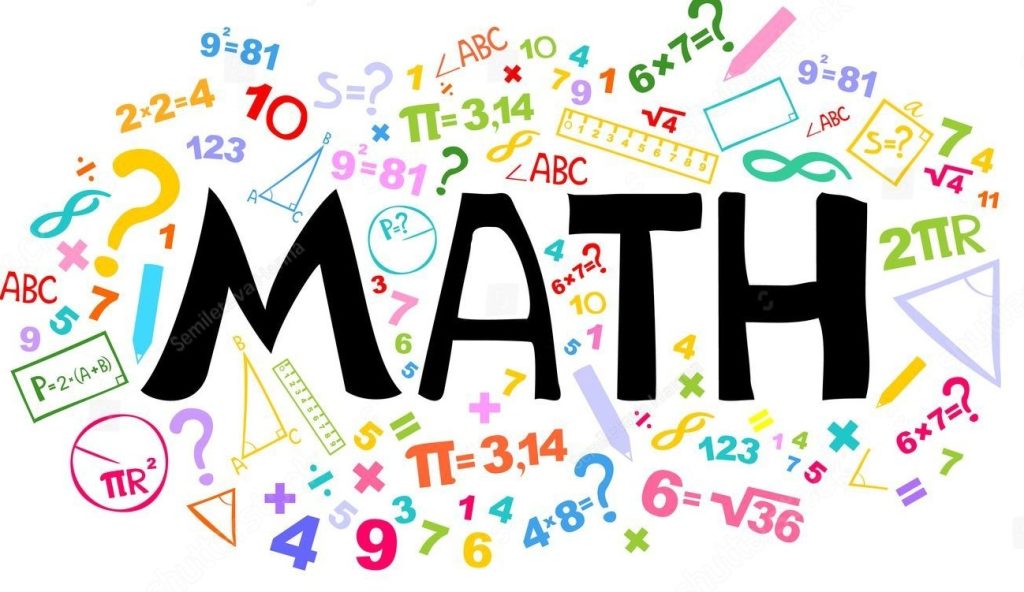
Introduction:
Mathematics is more than just numbers and equations; it’s a tool that empowers us to decipher puzzles of the world around us. For a 10th-grade student, this is the stage where mathematical concepts come alive through problem-solving. In this blog, we’ll explore the importance of problem-solving in 10th-grade math and how it shapes the way students think and approach challenges.
The Power of Problem-Solving:
Problem-solving in mathematics is akin to solving a mystery. It’s not just about finding the right answer; it’s about understanding the problem, devising a strategy, and applying the appropriate mathematical tools to find out the solution. This process cultivates critical thinking skills, logical reasoning, and a deep understanding of mathematical concepts.
Real-World Applications:
One of the exciting aspects of problem-solving is its real-world applications. Students learn to connect mathematical theories to practical scenarios, making the subject more tangible and relevant. Whether it’s calculating the trajectory of a projectile or determining the optimal route for a delivery truck, problem-solving bridges the gap between abstract concepts and their real-world implications.
Algebraic Adventures:
Algebraic problem-solving takes center stage in math. From solving systems of linear equations to navigating the intricacies of quadratic functions, students embark on algebraic adventures that enhance their algebraic fluency. The ability to manipulate equations and inequalities becomes a valuable skill set, empowering students to express and analyze a wide range of real-world situations.
Geometry: A Playground of Patterns:
Geometry introduces students to the art of spatial reasoning and pattern recognition. From dissecting the angles of a triangle to exploring the symmetries of geometric shapes, problem-solving in geometry unveils the beauty of mathematical patterns. These visual and intuitive problem-solving experiences contribute to a holistic understanding of mathematical concepts.
Strategies for Success:
Successful problem-solving requires a combination of strategies. Breaking down complex problems into manageable steps, identifying relevant information, and choosing appropriate mathematical methods. Collaboration and communication also play a crucial role as students share their approaches and learn from one another.



